Follow my guide on how to make a photo essay to impress. How to prepare in advance and what information you will need in order to create your essay with style.
Recently I had the opportunity of visiting a wonderful company called West Coast Trimming in Los Angeles, California. It was so delightful that I decided to share the experience with all of you….and at the same time give you a glimpse of how we go about putting a photo essay or story together.
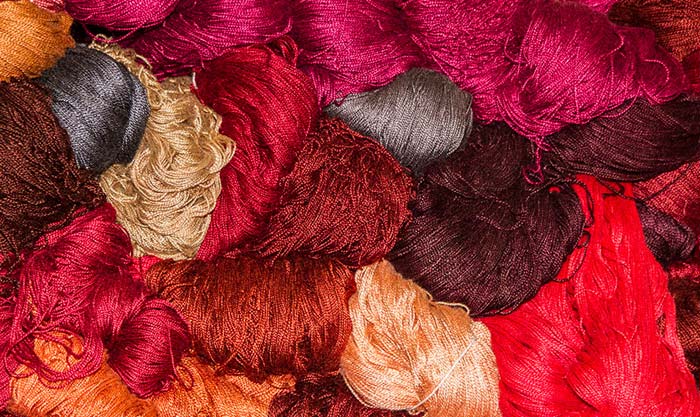
Choosing Your Location & Asking for Permission
Many times your photo stories involve a vacation trip, a family occasion, a celebration, or an event, so determining the location is an easy task. You go to where the action is. But when I am looking for an article location I can’t just walk through the doors and start chatting with people and taking photos of them. I need to be prepared.
First, I need to make sure that the location has a broad interest to the reader and viewer of the images. But more important, I have to be excited about this venture. In writing, interviewing and photographing it is important that you are really interested in learning about your subject.
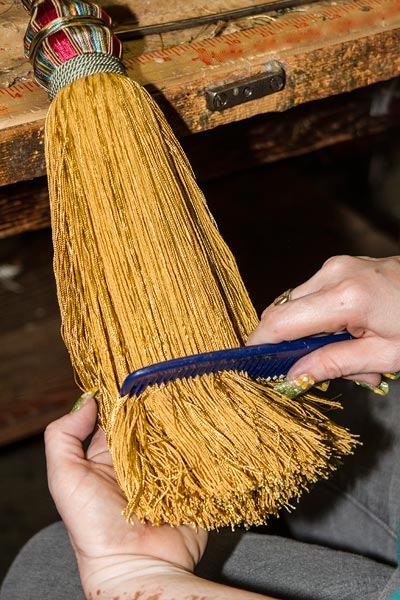
Once you have chosen a location, you’ll need to ask for permission to enter an establishment in order to create the story and make your images. Talk with the owner or manager of the company and tell them what you want to do and what your goals are. Get them involved, because no one knows their business like they do and they can make it come alive.
Be sure to get a property release from the owner or designated representative if you plan to publish the story and let he/she know that on the scheduled date, you will be needing and having individuals sign model release before a photo can be made of them.
If you can get them signed prior to your visit it will make the scheduled day of photographing go faster. Just be sure that that same people will be present on that date.
Let them know what you will do for them in return. You will always want to thank them by offering copies of the photos on a CD or in print form. Chances are most people don’t have photographs of what they do for a living and they are delighted to get them.
And once you make that promise, always, always follow through with what you offered.
This is also a good time to take a short tour through the location so you can determine what photographic equipment will work best. What is you lighting going to be like? How close can you get to your desired subjects? Can you utilize a tripod? What lenses will work to your advantage?
Once an agreement is made, be sure to schedule a set date and time and do arrive on time. DO NOT JUST SHOW UP and make your visit an unpleasant surprise. That’s a good rule when you want to know how to make a photo essay.
Why I Chose West Coast Trimming
When I was a little girl, my parents were in the dress manufacturing business and I became fascinated with the many different machines we used to do specialized jobs. Walking into West Coast Trimming took me back to my early family business experiences.
I was intrigued and excited because the machinery to produce the beautiful custom braids, ropes, fringes and trims are more than 100 years old! Most of the artist/workers (and you can’t call them anything but artists) have been with the company for 20 years or more. Their skills are fantastic and beautiful to watch.
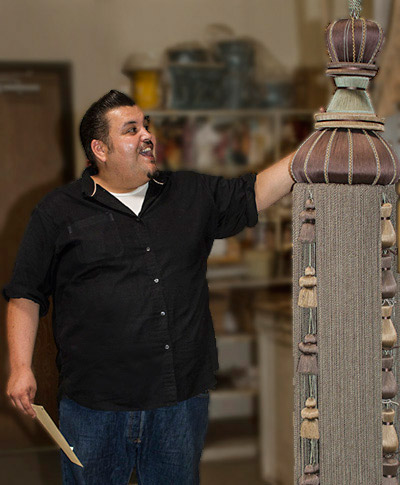
Gathering the Information – How To Make A Photo Essay
In journalism, we have the famed “5-W’s” and they are the who, what, where, when, why questions. That is always a good place in which to start your documentary photography style story, because it helps you find the information you need, as well as help you organize your thoughts.
West Coast Trimming in Los Angeles, California answers part of the “who” and “where” questions.
To elaborate a little more on the who they are and what they do, I reviewed their website as well as interviewed Robert Garcia, Manager of WCT. They manufacture custom braids, fringes, and trims that are used by both the theatrical world and the interior design industry.
The company was established in the early 1900’s and has been owned by one family since the 1930’s. This is an American company that uses only American products in their production while most of their competitors have moved their facilities overseas.
You have seen their products in classic movies such as “Gone with the Wind” staring Clark Gable and Vivian Leigh. You have also seen examples of their trims in Disney Theme Parks and the many hotels in Las Vegas, Nevada and Beverly Hills, California. For the 2012 Academy Awards, the stage backdrop used trims, fringes and tassels manufactured by WCT.
I like to create a loose outline of what I think I will see and generally what kind of images would be good to illustrate those views. In the case of WCT’s factory, I was fortunate in that I was raised in the garment industry, so I was familiar with much of the manufacturing flow, so my outline was easier to create. You’re going to want to present the images in production line fashion from the beginning to the final product.
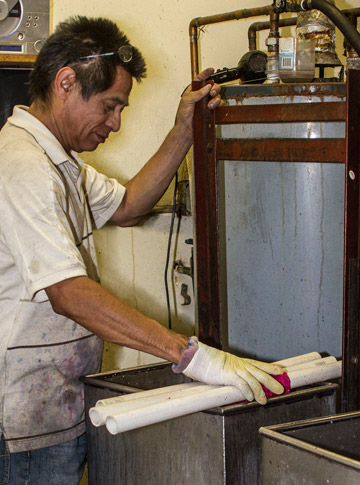
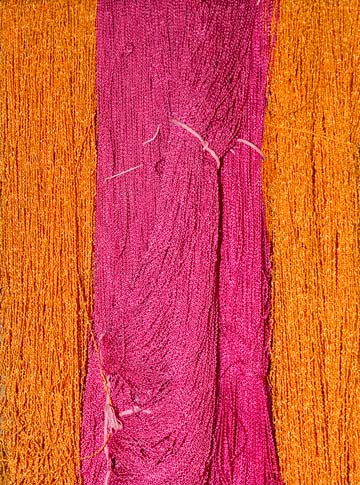
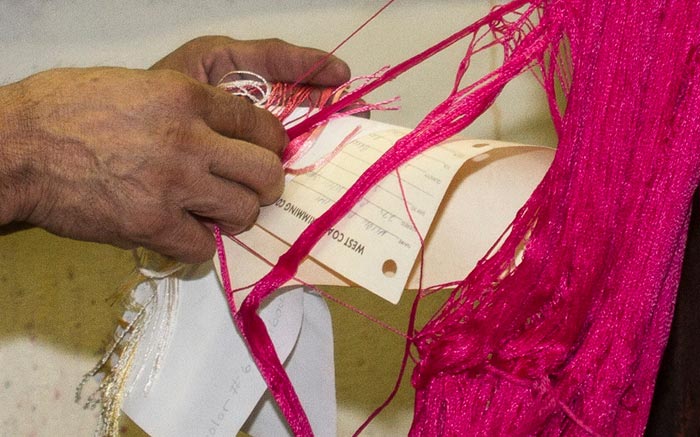
The Day of Photographing
In the case of WCT, Robert let everyone know what I was going to do ahead of time and got the model releases signed for me. I specifically asked that if anyone objected to having their photograph taken, all they needed to do was alert me and I would respect their wishes. You will want to carry a few extra model release forms with you, just in case you need them.
I had my outline in my head, and again, since I am more familiar with the production process, I knew where I wanted to start and finish.
Be polite, courteous and don’t get in the way of the workers or become a distraction. Always let them know if you’re going to use your flash, so you don’t startle anyone. Their safety and comfort is paramount and will insure greater cooperation in the long run.
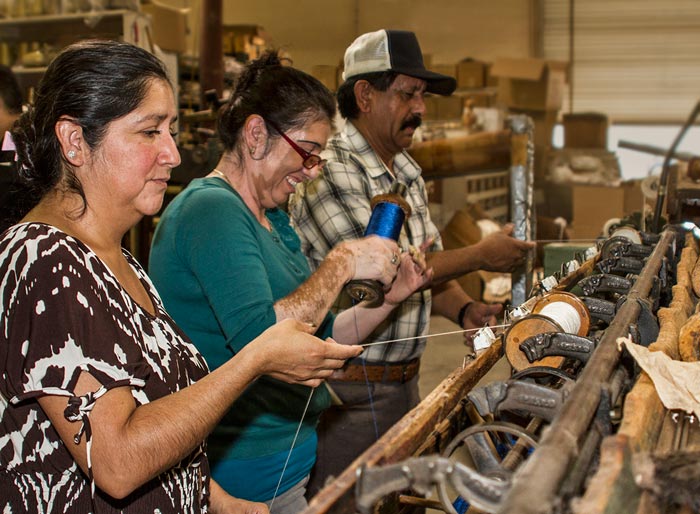
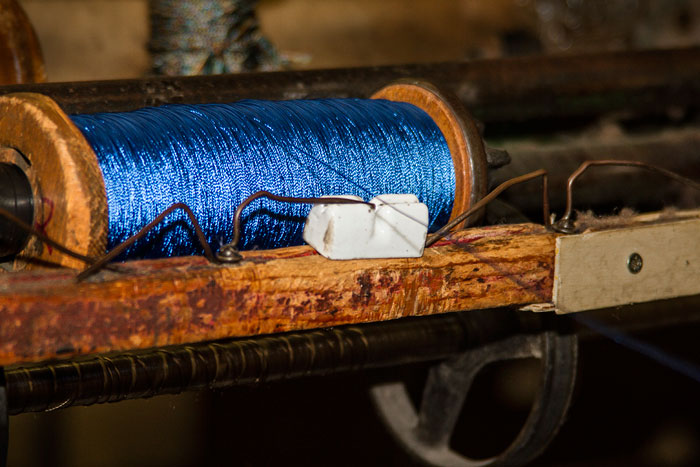
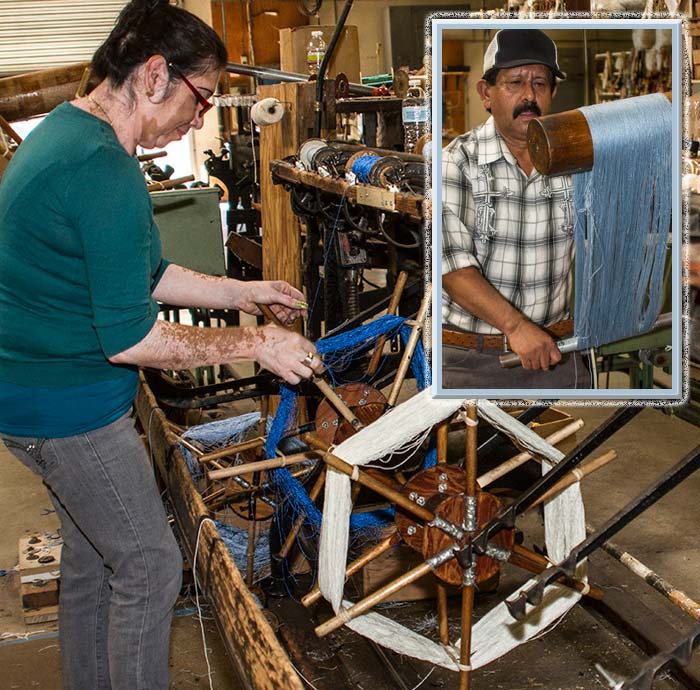
Smile at each person you are photographing. If they ask, tell them what you are doing. But it is important that you don’t interrupt or disturb their jobs.
Another tip worth bearing in mind when you are investigating how to make a photo essay, is to remember you are telling a story and the shots need to have something that grabs the attention of the viewer. Keep it simple so that you will add impact to the image. Be thinking about the story line and what images might tell it best.
You need a beginning, a middle and an end to the story. Beginning shots put the rest of the images in context. Middle shots give information and ending shots need to leave a wonderful impression…impact!
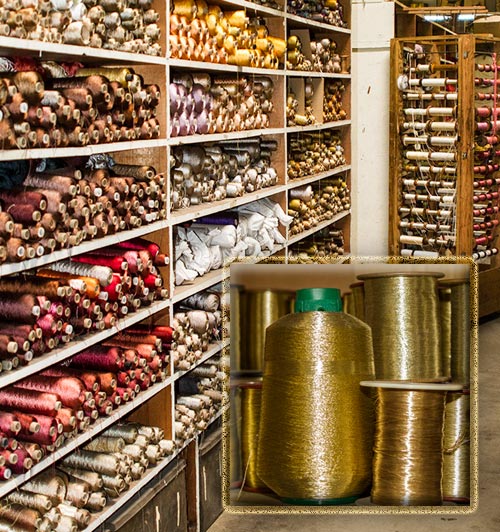
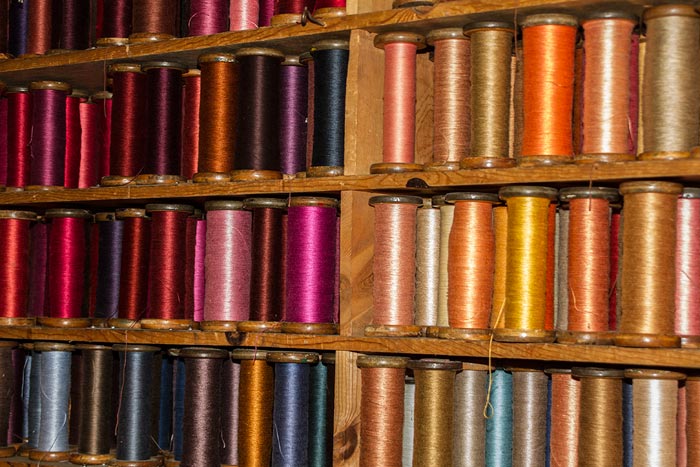
Organizing Your Presentation
Since I had a loose outline of images in my mind before I actually went to the location, I had to only refine the outline for the organization of my presentation. The first job is to sort through the images and place them in the categories in which they belong.
Hopefully the photography was done in a way that provides full coverage of your story line.
I chose to organize this material in the same way that I walked through the factory – in the order in which the product is made, from production steps through to the showroom presentation of the final product.
This seemed to be a logical method in this instance, but each photo essay, story or presentation that you develop will almost tell you the best presentation organization by the time you finish gathering the information.
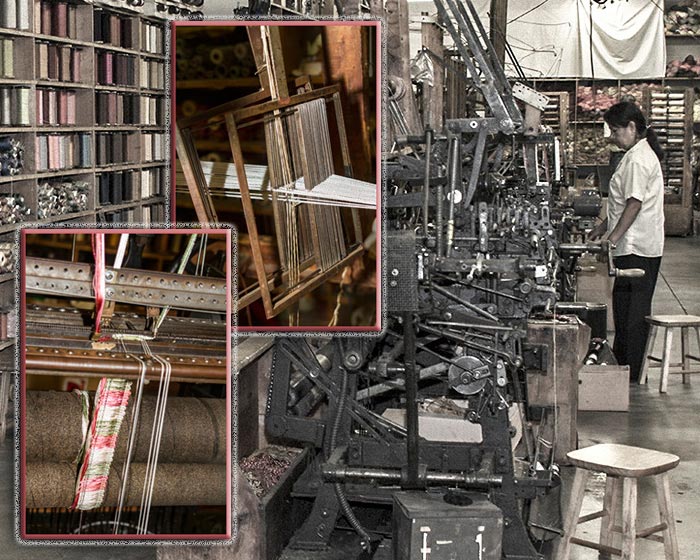
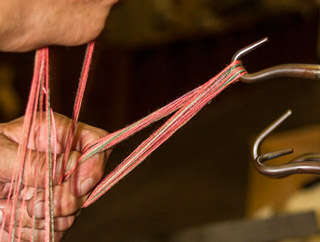
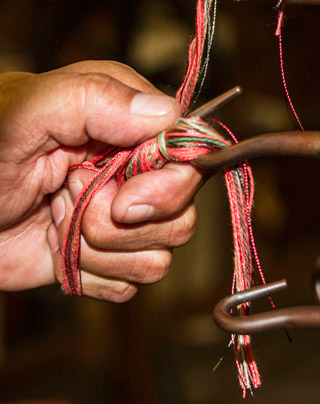
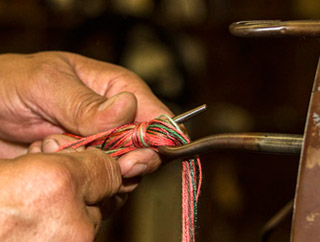
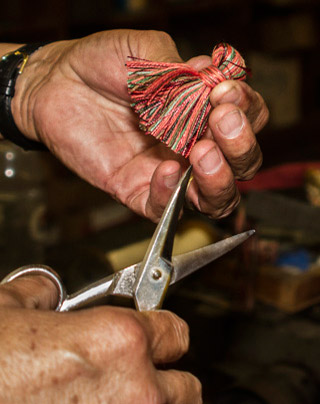
Finishing Touches
Perhaps the most difficult step in this entire process is to carefully edit the images and the storyline. This includes making the images look their best, from cropping and color correct to the placement in story line.
You don’t want to include too many and certainly no repeats, but you want the action to build and each image to have impact and contribute to the story. You need to be clear and concise in order to hold the attention of your audience.
Because this is a photo essay, the emphasis is on the images. So, other than the beginning information, I chose to detail more information about the factory in the captions. Writing captions for the images is important and you approach it in the same way that you do the general article.
The information has to be factual and pertinent and verbally describe or emphasize what is in the image. Captions can’t be too wordy because the audience will yawn and stop reading them, but on the other hand they do need to give information that clarifies and summarizes the intent of the image.
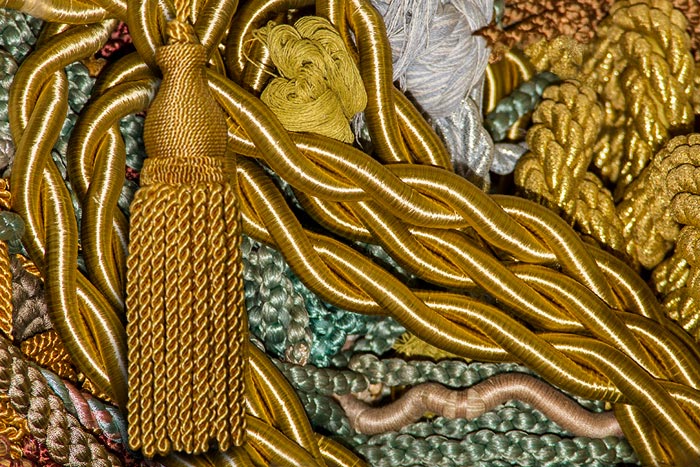
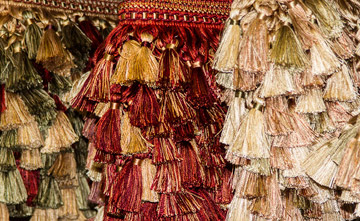
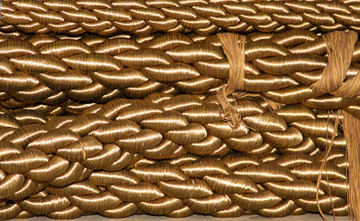
I want to give a special thank you to West Coast Trimming and all of the wonderful people there who shared with me a moment in their lives. I am awed by their skills and artistry in making beautiful products…and I hope you gleaned some useful information in your quest to know how to make a photo essay.
by Noella Ballenger
Article and photos: © 2012 Noella Ballenger. All right reserved.


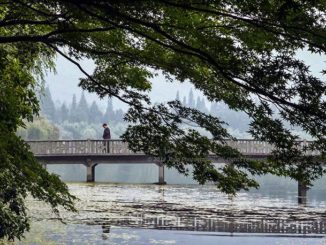
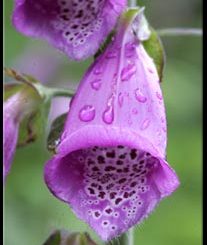
Leave a Reply